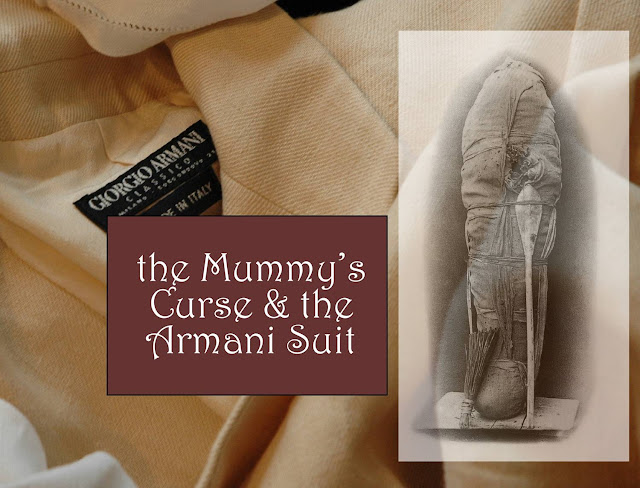Like a Mouse in a Cheese Shop
I am on the top floor archives of the Luxembourg Palace, carefully assisting with the examining of documents from the early 1800s. I am handling sheets of paper that have been untouched and unseen in generations. All are written by hand on rag paper. I am only the document handler, not the researcher. As a former museum technician/art handler this task is up my alley. Besides, as a printmaker and hand papermaker, I love paper. I am in heaven. This is a total treat for me, but I do not let the archivists know how much fun I am having. I am a mouse set free in a cheese shop.
The paper documents, especially those written by hand before 1830, the advent and availability of machine-made paper, are a joy to behold. It seems the French government remained a customer of handmade paper even after cheaper paper came into common use. All the sheets I am touching are rag paper, much of it laid paper with its distinctive :chain lines, some is wove paper, and here and there perhaps a watermark. I regret not taking the opportunity to photograph the balloon watermark of the Montgolfier mill. The particular sheets being a pale blue laid paper. This was Camembert to my rodent heart.....or wait, wait, wait....bleu cheese.
The script recorded on these documents varies from scriber to scrubber to scribble. Much of it is heavenly, although adding script to a foreign language makes translation somewhat more of a struggle, especially as those who dazzled us with their loops and strokes were not as easy to read, often as not, being slightly different from the next scribe. Penmanship was often quite idiosyncratic. But the flourishes were often to die for, whether or not one could read the word.
These stacks of papers are bundled, not bound in a book. Each batch of loose papers or documents is wrapped in a “shirt”, known as a chemise. How curious that some of the older documents are wrapped in a chemise of handmade paper……..a double treat. There was only handmade paper, hence the only other option would have been to swaddle the batch in a sheet of cloth, or a sheet of machine-made paper, since most chemises date from a time when paper production was no longer by hand.
How many eyes have looked at these old documents? How many hands? How many have been delighted or even been thrilled by the history at their fingertips?
Excuse me while I nibble a bit of this cheddar.
I LOVE THAT YOU CAN SEE THE LENGTH OF THE RAG FIBERS THAT MAKE UP THIS SHEET OF PAPER.






Comments
Post a Comment